Our faculty and students found many opportunities this year to use their knowledge and talent to make lives better, not just locally, but regionally and nationally as well. We focused on their efforts in many of the stories we told this year. Here are a few ways we are making a difference.
Breathing easier through chemistry
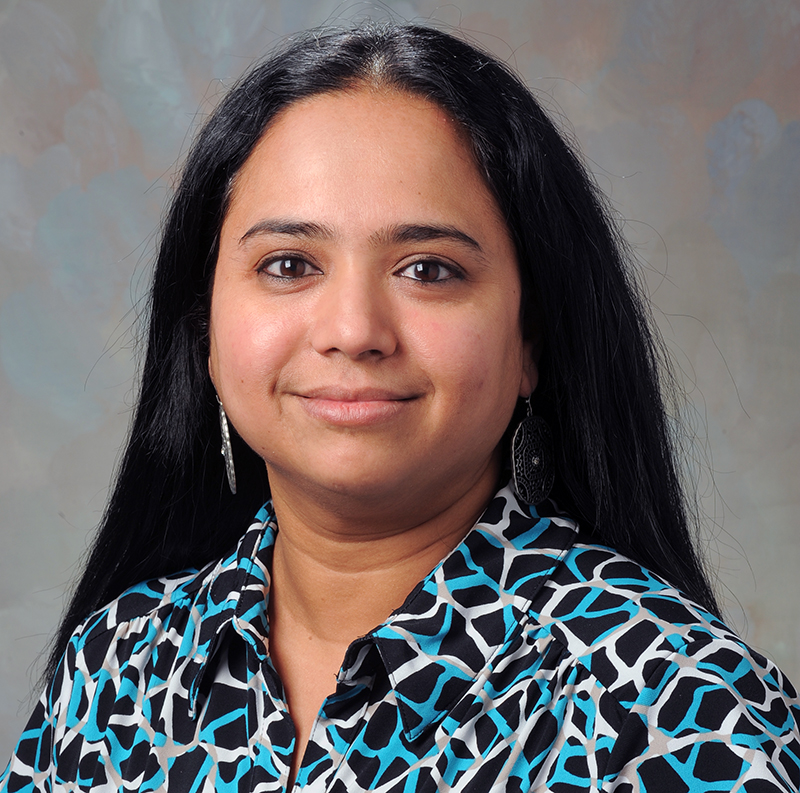 America’s 26 million asthamatics may be able to breathe a sigh of relief, thanks to research being led by Dr. Sailaja Paruchuri, the James L. & Martha J. Foght Associate Professor in Biochemistry. By determining how asthma symptoms and other inflammatory conditions are aggravated by examining the link between two lipid mediators formed from fatty acids, new discoveries for the research and treatment of common respiratory disorders and allergies could result.
America’s 26 million asthamatics may be able to breathe a sigh of relief, thanks to research being led by Dr. Sailaja Paruchuri, the James L. & Martha J. Foght Associate Professor in Biochemistry. By determining how asthma symptoms and other inflammatory conditions are aggravated by examining the link between two lipid mediators formed from fatty acids, new discoveries for the research and treatment of common respiratory disorders and allergies could result.
► Chemistry professor secures $1.9 million R01 grant for asthma research
Opiate crisis has many victims
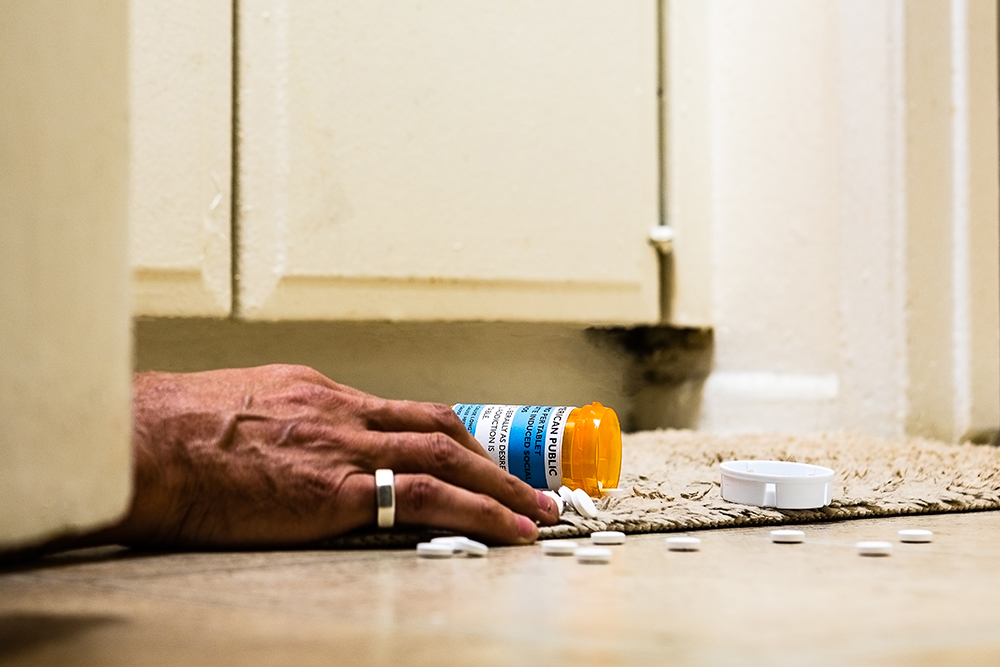
Here in Ohio, we know the devastating impact of addiction — the state is currently second in the country for fatal drug overdoses. Those that survive may receive treatment. But what of their loved ones? A joint project led by Dr. Rikki A. Patton, an associate professor in our School of Counseling, and Dr. Jessica Chou, assistant professor in the Department of Counseling and Family Therapy Department at Drexel University, will help affected families deal with the impact of trauma caused by the opioid abuse.
Beating cyber adversaries
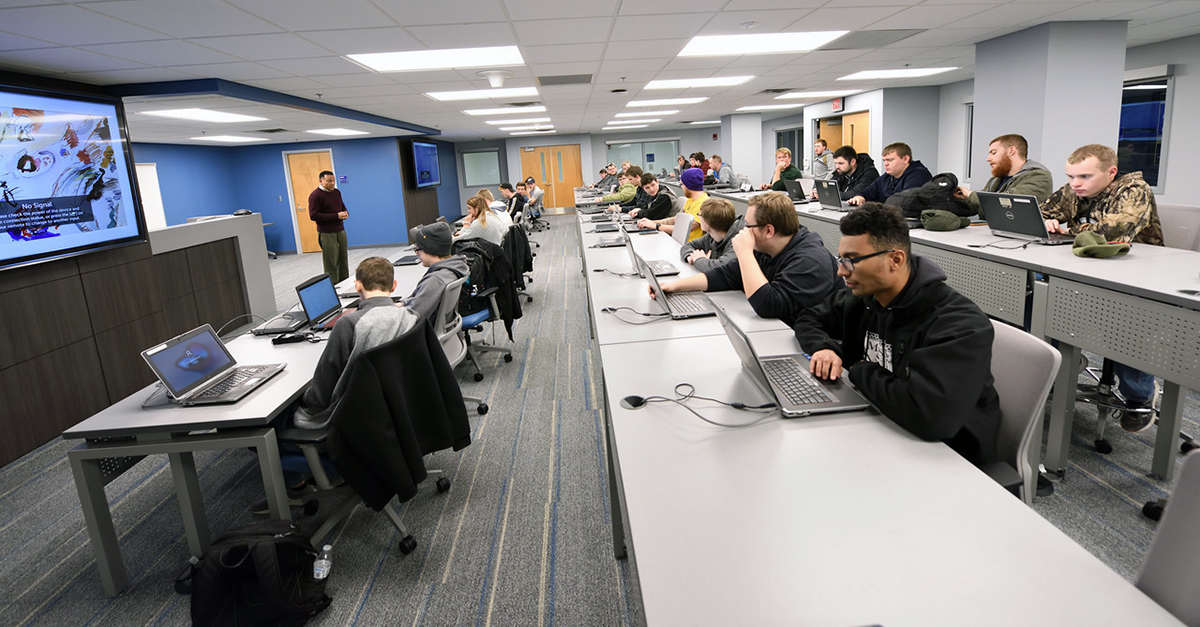
UA’s new state-of-the art simulation lab — known as a “testbed” — is enabling our students and area companies to develop and update the skills and strategies needed to monitor and manage cyber threats, without putting actual operating systems at risk. Our testbed is specific to control systems in the manufacturing industry.
► Curtain lifts on advanced cybersecurity fighter at University of Akron
Public art on a grand scale
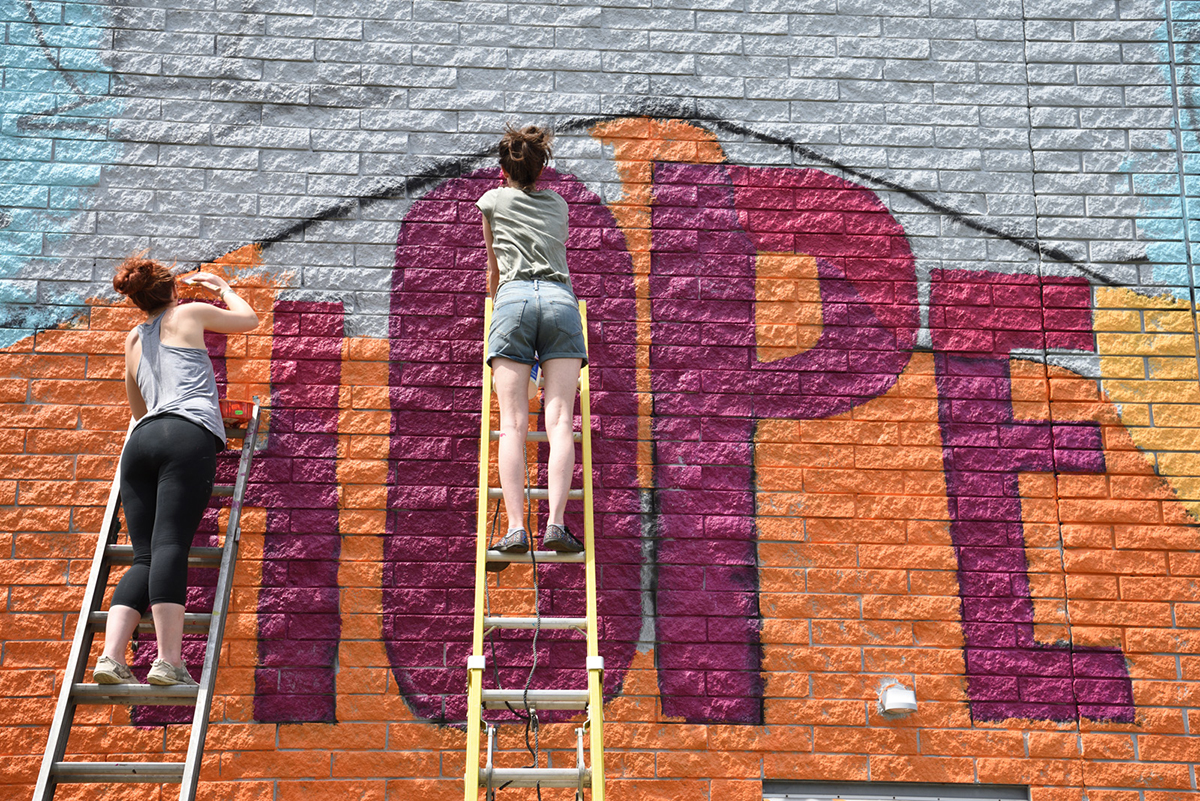
Seventeen major public art installations in three years — thanks to our Art Bomb Brigade. Talented students and community members have joined forces to transform exterior and interior walls, and even a bridge, into colorful works of art. A Knight Arts Challenge Akron grant awarded this year now makes possible the Art Bomb Artist Residency and Apprenticeship Project. It will foster the next generation of arts leaders, even as our students continue to redefine public spaces in the area.
► Projects from UA colleagues among Knight Arts Challenge winners
Improving life-saving drug delivery for preemies
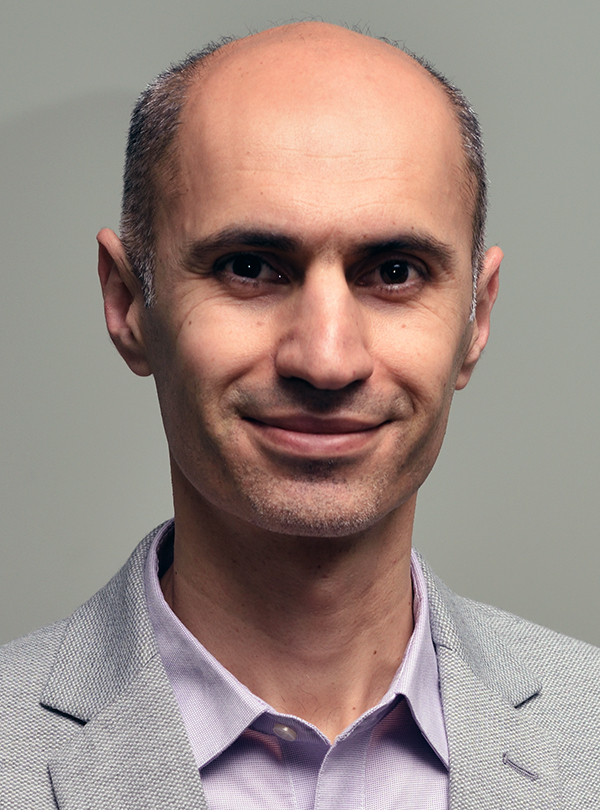
A preterm baby’s lungs do not produce sufficient amounts of a natural, liquid substance called surfactant that keeps the tiny air sacs (alveoli) in the lungs open. With a $230,000 grant from the National Science Foundation, Dr. Hossein Tavana, an associate professor of biomedical engineering, is studying how to improve the delivery and distribution of surfactant in the lungs to treat respiratory distress syndrome in premature babies.
► Helping preterm babies breathe
Seeking more effective anticancer drugs
Dr. Hossein Tavana an associate professor of biomedical engineering, is also leading research supported by a National Cancer Institute grant to further develop 3D tumor models of triple-negative breast cancer. The models, which have already led to several issued U.S. patents, more accurately replicate human tumors than do traditional 2D cultures on a Petri dish, enabling more accurate drug testing and the discovery of new drugs.
► UA professor receives $1.13M federal grant to further develop 3D breast tumor models
Do fats in diet contribute to onset of diseases like Alzheimer's?
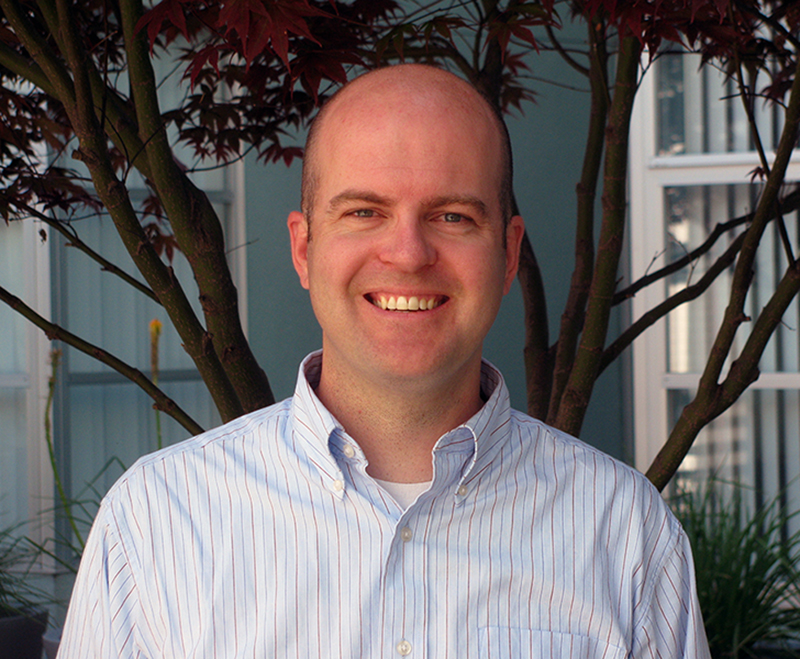
Dr. Adam W. Smith is part of a project is to test how polyunsaturated fats get into brain tissue and what effect they have on the molecules that cause disorders like Alzheimer's and Parkinson's disease. The associate professor in the Department of Chemistry says the results could also lead to new interventions to help prevent some obesity-related disorders.
► UA chemist awarded grant to research how fats and oils in our diet affect brain function
Tiny hedgehog inspires safer helmet
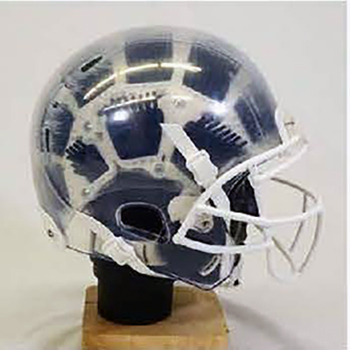
Biomimicry — finding answers to engineering problems by studying nature — has led to the creation of a full football helmet with polymer “quills” design. By mimicking a hedgehog’s defense system, Dr. Emily Kennedy and Dr. Bor-Kai (Bill) Hsiung were able to develop a helmet that outperformed top-rated conventional helmets at multiple impact locations and velocities. The helmet could reduce the risk of concussions and lessen damage caused by subconcussive impacts. Kennedy, director of external relations for our Biomimicry Research and Innovation Center, and Hsiung, graduated with Ph.D.-level training in biomimicry from UA — the first two students in the world to do so. In early 2019, the University of Akron Research Foundation licensed the technology to Cleveland-based startup company, Hedgemon.
► New style helmet could reduce risk of concussions
Success in the war on corrosion

Three new coating technologies that combat corrosion, abrasion and wear of metal parts have been developed in the lab of Dr. Gary Doll, Timken Professor of Surface Engineering using $70,000 in funding provided by the University of Akron Research Foundation. The expected customers for the new coating technologies are companies in the manufacturing, oil and gas, medical and transportation industries that have stated problems with wear and corrosion that require costly replacement and lost revenue for downtime. The University of Akron Research Foundation licensed all three technologies to Akron Surface Technologies Inc. The startup company will bring the technologies to market.
► UARF’s Spark Fund announces the completion of third successful project
New technology can reduce threat of toxic algae blooms
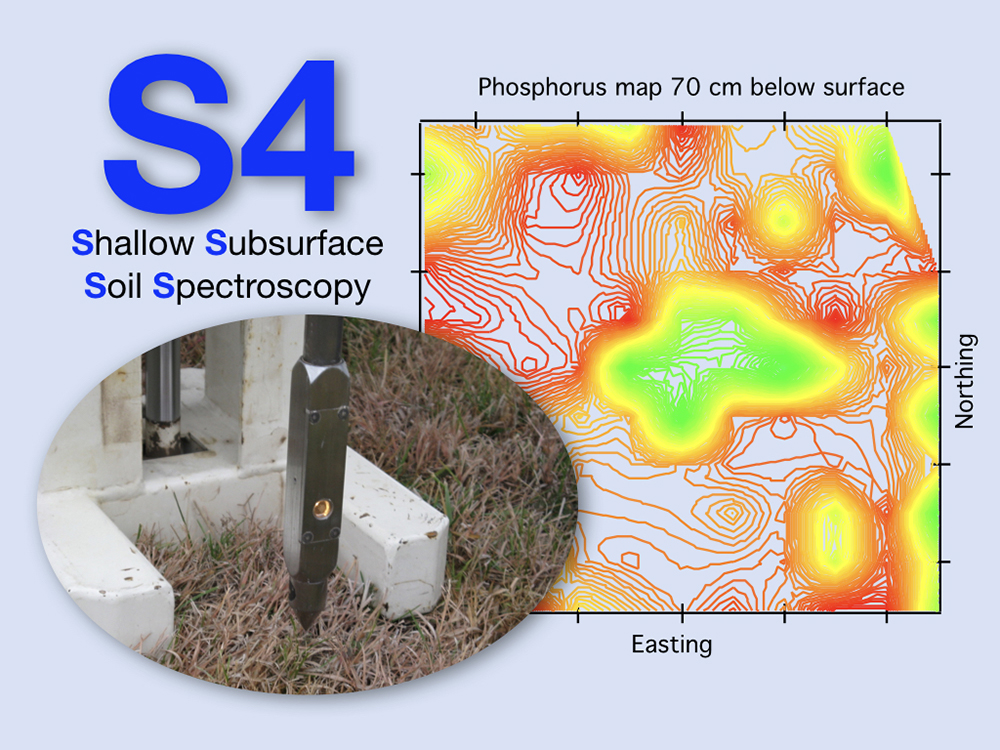
Focusing on Lake Erie’s algae blooms, a team of University of Akron researchers is developing a device that limit or eliminate the cause. This shallow subsurface soil spectroscopy technology helps pinpoint the source of the nutrient runoff that contributes to the harmful algae blooms that have been plaguing Lake Erie in recent years. The technology is able to provide detailed maps that can help people limit harmful level of nutrients in runoff from their land (drainage ditches and cover crops), resulting in cleaner water in downstream waterbodies. The device can also be used to benefit other lakes or waterbodies where nutrient-rich runoff from the surrounding area poses a threat to the waterbody.
► UA research team probes solution to control Lake Erie’s algae blooms
